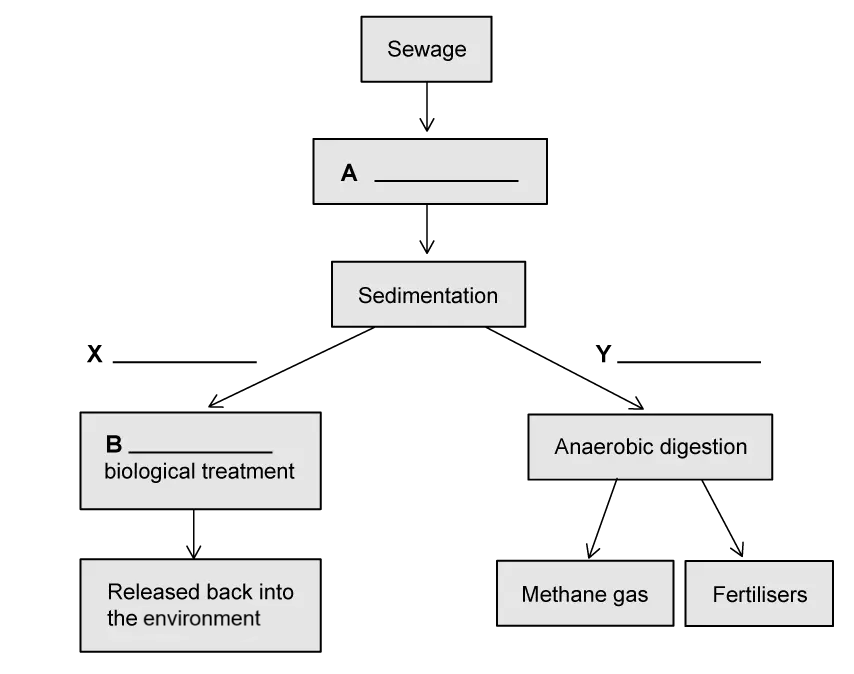Humans use the Earth's resources to survive everyday life.
Which of the following do we not obtain from the Earth's resources.
Tick (✓) one box.
Shelter |
|
Sunlight |
|
Warmth |
|
Food |
|
Transport |
|
In addition to the natural resources available, humans have developed synthetic products. Place the following items into the correct columns in Table 1.
Rubber
Ceramics
Poly(ethene)
Wood
Table 1
Natural resources | Synthetic products |
|
|
|
|
|
|
Table 2 shows some of Earth's natural resources and the time taken for them to form.
Table 2
Natural resource | Time taken to form in years |
Wood | 2 to 30 |
Cereal grains | 0.5 |
Crude oil | 6 x 107 |
Which one of the natural resources is said to be a finite resource? Explain your answer.
It is becoming increasingly more important for chemists to design processes and materials that are sustainable.
Complete the sentence using words from the box.
current previous compromising |
Sustainable development meets the needs of ____________________ generations without ____________________ the ability of ____________________ generations to meet their own needs.
Did this page help you?







